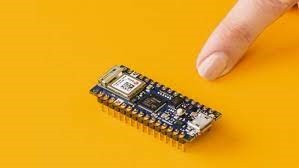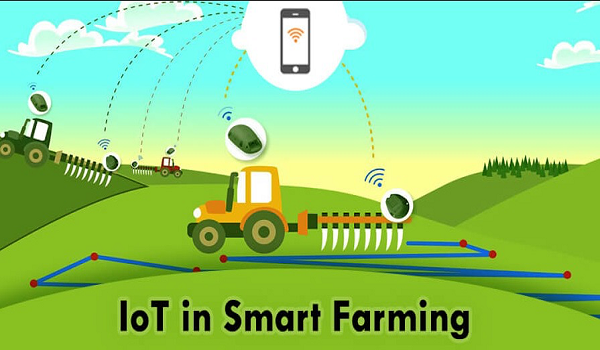Single Board Computer Market Size is Projected To Reach USD 3.80 Billion By 2027

A new single Board Computer Market Research Report published on Valuates Reports in Computer & Electronics Category. The report contains segmentation by Processor (ARM, X86, ATOM, and PowerPC) and End Use (Industrial Automation, Aerospace & Defense, Consumer Electronics, Healthcare, and Others). It also covers Global Opportunity Analysis and Industry Forecast to 2027.
The global single board computer market size was valued at USD 2.86 billion in 2019 and is projected to reach USD 3.80 billion by 2027, registering a CAGR of 4.6% from 2020 to 2027.
On a circuit board with all the necessary characteristics, such as microprocessor, memory, and input/output, single board computers are installed. They are constructed from various types of microprocessors and are mostly designed to make use of static RAM and low cost 8-bit or 16-bit processors by computer hobbyists.
These have home computer applications, portable devices, usually gaming (slot machines and video poker), kiosks, and machine control automation to reduce the shape and size of these computers, such as notebooks.
Request a Sample Copy of the Report For COVID-19 Impact Analysis on Single Board Computer Market: https://reports.valuates.com/request/sample/ALLI-Manu-0E28/Single_Board_Computer_Market
TRENDS INFLUENCING THE SINGLE BOARD COMPUTER MARKET SIZE
The benefits of single-board computers over traditional computers are the major factors driving the influencing the growth of the global single board computer industry. The dynamic method of incorporating multiple components onto a single board, however, hampers market development.
Because of the design constraints and all the necessary components to be installed on a single board, there is a strong demand for single board computers in the aerospace & defense industry and robust embedded computers. This demand, in turn, is expected to increase the single board computer market size.
It is also expected that the rise in the usage of single-board computers in healthcare and consumer electronic equipment would provide lucrative opportunities for the growth of the single-board computer market during the forecast period.
The growth of the single-board computer market size is driven by the growing adoption of IoT technology and related products. These systems allow IoT components to be easily integrated and considered one of the most important IoT hardware that creates a huge demand.
The use of computers and smart technology in electronic devices has maximized the global single-board computer market’s growth capacity. Technology advancements, such as artificial intelligence, have made the hardware more complicated and lightweight, requiring the use of a single circuit board in such computers. It can also be used in basic computers containing input and output functions, in addition to the complex structural implementation of single-board computers.
View Full Report: https://reports.valuates.com/market-reports/ALLI-Manu-0E28/single-board-computer
SINGLE BOARD COMPUTER MARKET SHARE ANALYSIS
As there is a huge demand for these systems in IoT-enabled networks, North America dominates the single board computers market share. In implementing automation across the automotive sector and other business verticals, the U.S. is at the forefront. Increasing investments in the construction of smart cities would contribute further to the single-board computer market growth.
Due to the booming electronics industry, Asia Pacific will experience substantial growth in the single board computer market during the forecast period. The increasing demand for consumer electronics, such as smartphones, tablets and other devices, is increasing the growth of the single-board computer market size in the Asia-Pacific region. The arrival of many local suppliers on the market is expected to improve the market for single-board computers. Furthermore, the growing government funding in countries such as China and India for the adoption of automation and IoT would result in increased demand for these components.









